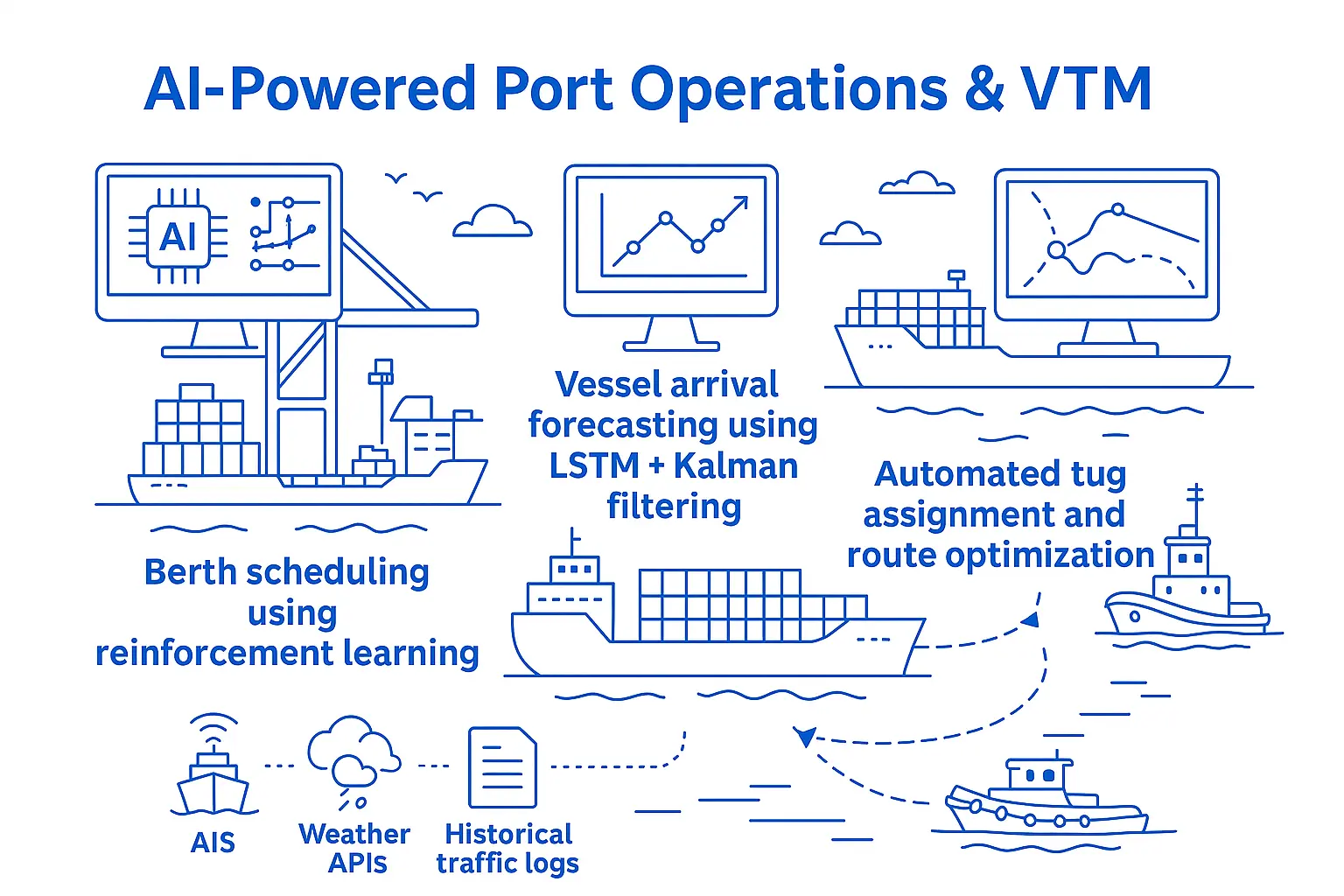Table of Contents
Introduction
In this current age of AI, Saudi Arabia is moving ahead of other countries, embracing Agentic AI and Generative AI not just as technology upgrades, but as a bold step toward a smarter and diversified future.
From powering smart cities to improving healthcare and digital security, these AI tools are being tailored to local needs right down to Arabic-language models. With strong global partnerships and a clear national vision, the country is carving out its place as a rising force in the AI world.
Where and how Agentic AI and Gen AI is used in Saudi Arabia
Generative AI in Personalized Healthcare & Education
From AI-generated medical insights at Seha Virtual Hospital, world’s largest AI-powered telehealth network, to adaptive learning content in schools, Generative AI is transforming key sectors by delivering real-time, human-like intelligence tailored to individual needs. Healthcare is hence becoming error free.
Autonomous Systems for Smart Governance
Saudi Arabia partnered with the U.S. and they maintain a long standing strategic partnership that spans energy, defense, trade and technology.
Saudi Arabia’s smart city projects like NEOM and The line, aren’t just using isolated AI systems, they’re implementing multi-agent architectures, where autonomous agents collaborate to manage energy, traffic, and emergency services in real time.
These MAS systems include:
- Reactive agents for immediate response (e.g., fire detection, rerouting traffic).
- Deliberative agents for goal-based reasoning (e.g., optimizing water grid flow).
- Learning agents using federated reinforcement learning to improve over time.

Arabic Large Language Models for Cultural & Economic Growth
Through national AI initiatives like Humain, Saudi is developing Arabic-centric LLMs that power intelligent assistants, enterprise tools, and digital public services localizing GenAI for economic impact and digital sovereignty.
To handle the diversity of Arabic dialects while remaining compute-efficient, local AI labs are training Mixture-of-Experts LLMs. These selectively activate subnetworks based on input routing, achieving:
- Better dialect generalization (Egyptian, Najdi, Levantine, etc.)
- Lower latency for inference in edge devices
- Cost savings in fine-tuning across multiple downstream tasks (translation, Q&A, document parsing)
Cybersecurity and Infrastructure Resilience
Agentic AI is deployed to detect and respond to cyber threats in real-time, ensuring robust digital security for government, finance, and enterprise systems.
In national cybersecurity operations, GNNs are being used to model network traffic as a dynamic graph, enabling:
- Detection of complex Advanced Persistent Threat patterns.
- Correlation of seemingly unrelated anomalies (e.g., login time + endpoint behavior).
- Real-time adaptation without labeled data.
Saudi CERT and financial institutions are moving toward zero-trust architectures enriched with GNN-driven anomaly scoring.
AI-Powered Port Operations & Vessel Traffic Management (VTM)
Saudi ports like King Abdulaziz Port (Dammam) and Jeddah Islamic Port are deploying AI systems for real-time:
- Berth scheduling using reinforcement learning.
- Vessel arrival forecasting using LSTM + Kalman filtering.
- Automated tug assignment and route optimization.

These systems integrate AIS (Automatic Identification System), weather APIs, and historical traffic logs to predict delays and minimize idle time.
Satellite and AI Convergence for Desert Agriculture
Saudi Arabia is applying hybrid AI models that combine satellite remote sensing (from SAR and hyperspectral imagery) with transformer based time-series forecasting to,
- Detect underground water sources
- Monitor crop health in vertical and desert farming
- Optimize yield under extreme conditions
These models are trained using few-shot learning due to data scarcity, combined with Bayesian uncertainty estimation to ensure reliability under variable environmental conditions.








